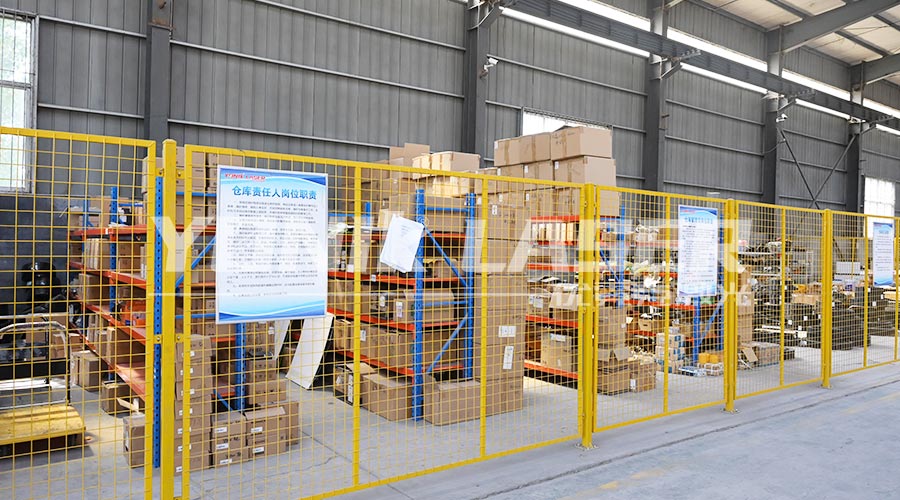As the core filtering component of oil and gas extraction, the gap accuracy of oil slotted pipes directly determines the extraction efficiency and equipment life. Traditional mechanical processing has disadvantages such as fast tool wear and many cutting burrs, while laser cutting technology, with its non-contact processing characteristics, is becoming a key driving force for innovation in this field. However, there are still three major technical challenges in the process of industrial application: first, the problem of thermal deformation control during cutting of ultra-thick-walled pipes. Oil slotted pipes generally use alloy steel pipes with a thickness of 20-50mm. Continuous laser irradiation can easily cause material crystal phase changes; second, the repeated positioning accuracy requirements of micron-level gaps. The width of a single gap must be controlled at 0.1-0.3mm and the error must not exceed ±0.02mm; finally, the complexity of trajectory planning for three-dimensional cutting of special-shaped pipes, especially the problem of continuous processing stability of spiral slotted structures.

In response to these pain points, industry-leading companies have achieved qualitative changes through three major technological breakthroughs: using 10,000-watt fiber lasers with nitrogen-assisted cutting to increase the cutting speed of 12mm carbon steel to 4.5m/min, while reducing the heat-affected zone to 1/3 of the traditional process; a real-time seam width monitoring system based on machine vision, using a CCD camera to collect the incision morphology and feedback to adjust the laser focus position, so that the qualified rate of finished products has jumped from 82% to 98%; a five-axis linkage laser cutting platform has been developed, combined with three-dimensional simulation software to predict the material stress distribution, and successfully achieved the one-time forming of the spiral seam of the Φ300mm large-diameter screen pipe. At present, this type of intelligent laser equipment has been applied on a large scale in projects such as PetroChina Changqing Oilfield. The average daily production capacity of a single device can reach 6 times that of a traditional CNC punching machine, and the material utilization rate has increased by more than 15%.

With the continuous evolution of laser power density and control system algorithms, laser cutting technology will show greater potential in the field of screen pipes in the future. In particular, the introduction of ultrafast laser processing technology is expected to solve the problem of cold cutting of high-hardness alloys, and the deep integration of digital twin technology will promote the formation of a fully digital closed-loop production system from design to finished products. This technological iteration not only reshapes the manufacturing process of petroleum equipment, but also opens up a vertical market blue ocean with an annual scale of over 2 billion yuan for laser cutting equipment manufacturers.
2025-07-22
2025-07-21
2025-07-19